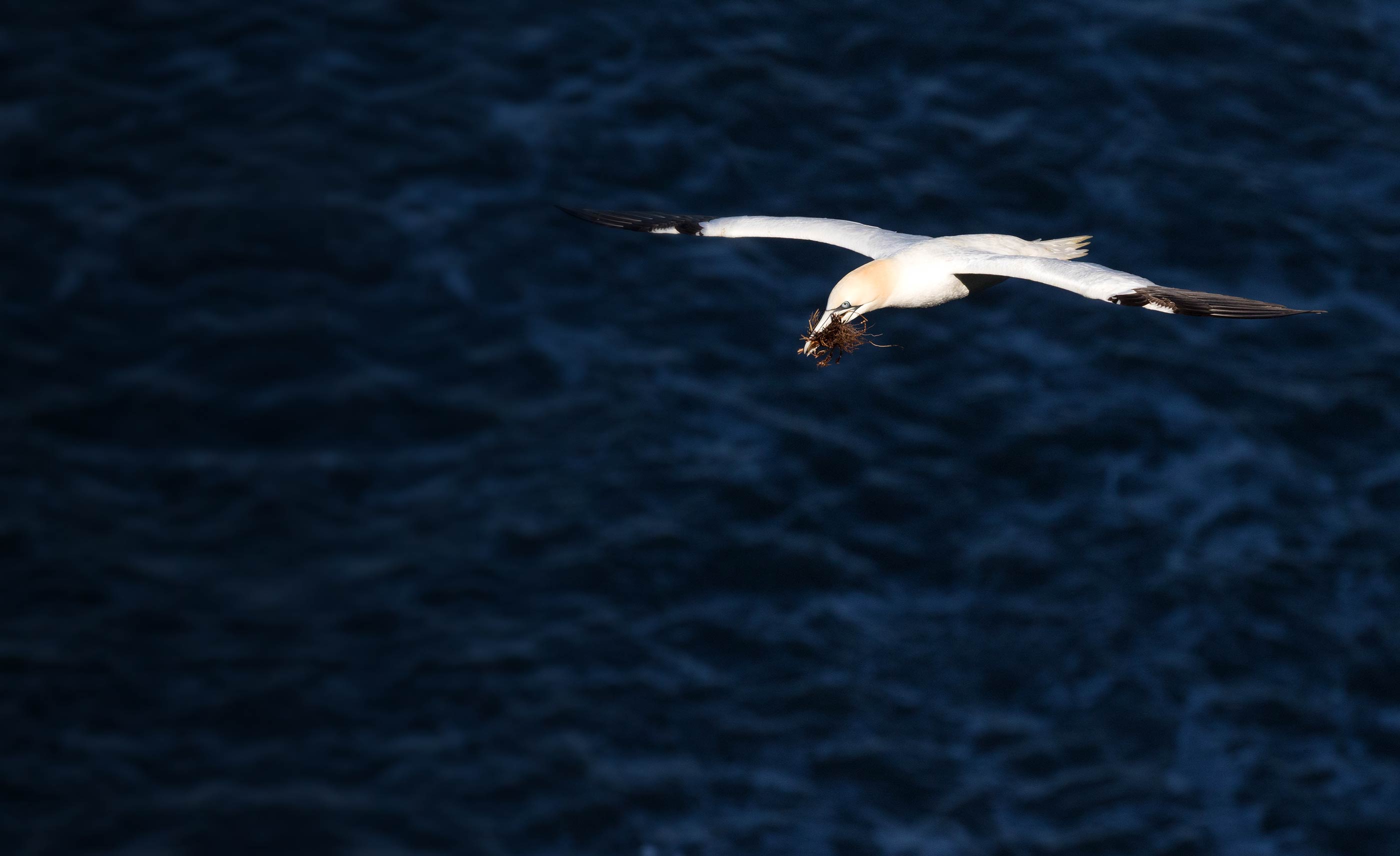2015: Did you know?
Read previous 'Did you know?' facts here:
September: Did you know...
...that Greenfinches are seed predators and discard fruit and berry pulp to feed on the seeds contained within? The seeds of yew are protected by toxins in the seed coat - there are no toxins in the seed itself or the yew fruit's pulp - but the Greenfinch gets around this problem by removing the seed coat before ingesting the seed. Woodpigeon, another seed predator, ingests fruits whole and relies on its muscular gizzard to break down seeds, which is why it avoids yew altogether, being unable to avoid the toxin.
August
Did you know that Woodpeckers don’t have any down feathers, only true feathers? Down feathers are ‘loose’ feathers that sit close to the skin under the contour feathers that give a bird its streamlining and shape. They form an insulating layer that helps to keep birds warm. We have tried to find information on why this layer of insulating feathers is missing in woodpeckers to no avail. If you have any ideas, we would love to hear them, email info [at] bto.org.
July: Did you know...
...that crows in Japan and America have been seen using pedestrian crossings to help crack walnuts? When the lights change to red, the birds hop in front of the cars and place walnuts, which they picked from the adjoining trees, on the road. As the lights turn green again, the birds fly away and vehicles drive over the nuts, cracking them open. When it's time to cross again, the crows join the pedestrians and are able to pick up and eat the contents. Read more on the Life of Birds webpage here.
June
Did you know that baby Long-eared Owls and Tawny Owls leave the nest at a young age, before they are able to fly. This is known as ‘branching’ and the young can be heard at night begging for food - the call of Long-eared Owl chicks has been described as sounding like a squeaky door. The young owls are vulnerable to predators, like Goshawk and (if they end up on the ground) fox. Those fledging from nests placed high in the canopy do better than those placed lower down.
May
Peregrines have been observed attacking Buzzards
that stray too close to their nest sites.
Did you know that Peregrine Falcons defending their young and nest sites have been observed attacking, downing and even killing, Common Buzzards that stray too close.
A pair of Peregrines that have been nesting on St Michael’s All Angels Church in Exeter since 1997 have been seen to show extreme aggression towards Common Buzzards that intrude into the their airspace, often working together in a sustained attack to drive the intruders out. Peregrines have been observed attacking and driving Common Buzzards away from their nests in other parts of the country but downing and killing them is rare.
Between 2009 and 2014 there have been 112 observed sustained attacks on Common Buzzards by the St Michael’s Peregrines, with at least 10 Buzzards downed or killed in 2013 alone. During 2014 there were 43 sustained attacks observed but the outcomes weren’t clear as the majority of these took place on the edge of the falcon’s territory. This level of aggression towards Common Buzzards hasn’t been recorded anywhere else.
Cooperative attacks by urban Peregrines on Common Buzzards by Nick Dixon and Andrew Gibbs
British Birds 108 – May 2015 – 253-263
April
Did you know that thrushes and Blackbirds incorporate a layer of mud into their nests? The Song Thrush doesn't bother with a grass lining like that seen in the other species, instead the blue eggs are laid direct on a chipboard-like surface of mud and pulped wood.
March
Swallow pairs may stay together throughout the year
new research shows.
Did you know that a pair of Swallows might stay together throughout the year, migrating together and staying close during the winter months in sub-Saharan Africa? In a paper just published in the BTO’s scientific journal, Bird Study, scientists from Spain and Denmark revealed how they attached geolocators – shirt button sized devices that weigh around half a gramme and are able to store information on day length, date and time – to twenty-five pairs of Swallows at nest sites in northern Spain during June and July 2012.
During the 2013 breeding season, six of the devices were retrieved, two had failed to collect any data but of the remaining four two of them belonged to a breeding pair of Swallows, with the data, although constrained by the low accuracy of archival light-level geolocators, suggesting that this pair could have stayed together for a full annual cycle, including both the autumn and spring migration periods.
February
Teal flourish in environments created by beavers.
Did you know that Teal like Beavers? In the recent Poyser book on Teal by Matthieu Guillemain and Johan Elmberg, we learn that Teal flourish in environments created by beavers. The ducks benefit from the bloom in nutrients, waterlogged seeds and invertebrates that occur in the pools that form behind beaver dams.
January
Did you know that during the winter months large numbers of auks – Guillemots and Razorbills – will visit breeding colonies and spend some time on the breeding ledges? Ordinarily at this time of the year they spend their days out at sea, but during spells of calm weather many will return to their colonies and occupy nest sites. However, the onset of stormy weather sees them head off out to sea again leaving the colonies empty once more.
See more facts from 2014 here.









Share this page